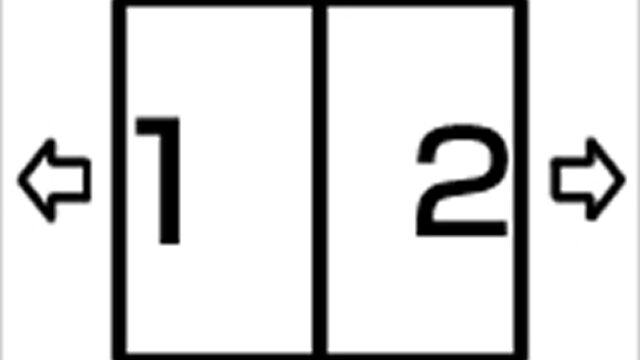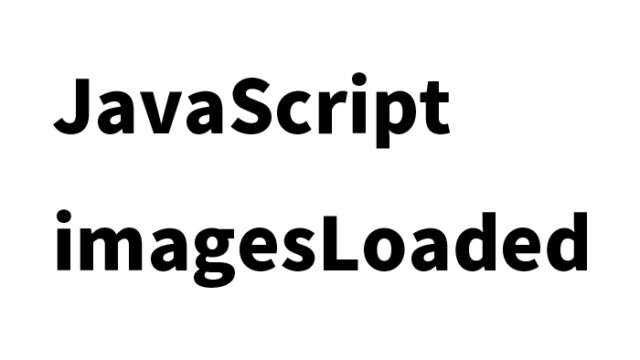webtoolkit.cursor.js: How to Customize Mouse Cursor Images for a Unique Web Experience

One way to enhance the appeal of a website or blog is by providing visitors with a fresh experience. This time, we will explain in detail how to change the visitor’s mouse cursor to an original animated GIF image using webtoolkit.cursor.js. This is an effective method to give visitors an unexpected and enjoyable surprise, making your website more memorable.
Introduction
There are countless websites on the internet, all competing for visitors’ attention. One way to differentiate your site from others is to add uniqueness to the user experience. Customizing the mouse cursor is one method that can enrich the overall experience by changing the small interaction visitors have while navigating your site.
How to Implement Custom Cursors
To implement custom cursors, you basically need CSS and JavaScript. In this article, we will introduce a simple way to set up custom cursors using the JavaScript library called webtoolkit.cursor.js.
Basic CSS Setup
First, set the basic styles for the webpage. The following CSS code is an example of resetting the basic margins and padding for the page and applying basic styling to the headings and content wrapper.
<style type="text/css">
<!--
body{
margin:0;
padding:0;
}
h1{
font-size:16px;
font-weight:normal;
line-height:2.0em;
text-align:center;
padding:15px 0;
}
#idWrap{
width:700px;
margin:0 auto;
text-align:left;
}
-->
</style>
Setting the Custom Cursor with JavaScript
Next, use the webtoolkit.cursor.js library to customize the mouse cursor. By using this library, you can easily replace the standard cursor with an animated GIF image.
Simply load the webtoolkit.cursor.js file.
<script type="text/javascript" src="webtoolkit.cursor.js"></script>
Preparing the GIF Image
Prepare the GIF image that will be used as the custom cursor. It is important to choose an image that matches the theme and message of your website. As an example, you can place an image named skin.gif and specify its path in the webtoolkit.cursor.js settings.
Within the webtoolkit.cursor.js file, there is a description of the GIF image file to be displayed as the customized mouse cursor under “skinPath: ‘skin.gif'”.
Implementing the Custom Cursor with HTML
Finally, use HTML to display the custom cursor. The following code snippet shows how to display the prepared GIF image on the webpage and use that image as the mouse cursor.
<div id="idWrap">
<h1>The animation gif image below will be displayed as the mouse cursor</h1>
<div align="center"><img src="skin.gif" width="45" height="45" align="Custom Cursor Image" border="0" /></div>
</div><!--/idWrap-->
webtoolkit.cursor: Demo Page to Display Custom Cursors
If you want to experience the custom cursor for yourself, please visit the demo page below.
webtoolkit.cursor: Demo Page to Display Custom Cursors
Source: Dynamic Drive DHTML Scripts- Custom Cursor Script II (CrossHair Mouse Cursor)
We also introduce the source code that was referenced when implementing this feature, so if you’re interested, please check it out.
Dynamic Drive DHTML Scripts- Custom Cursor Script II (CrossHair Mouse Cursor)
Conclusion
Customizing the mouse cursor might seem like a small change, but it has the potential to greatly impact the overall web experience for your site’s visitors. By understanding how to set up custom cursors through this article and applying them to your site, you can leave a lasting impression on your visitors. For those who want to learn more about the technical details and implementation methods, please refer to the resources mentioned above.
* Please use at your own risk if you intend to copy this. Do not use the Google Analytics tags within the demo page’s head tag.





